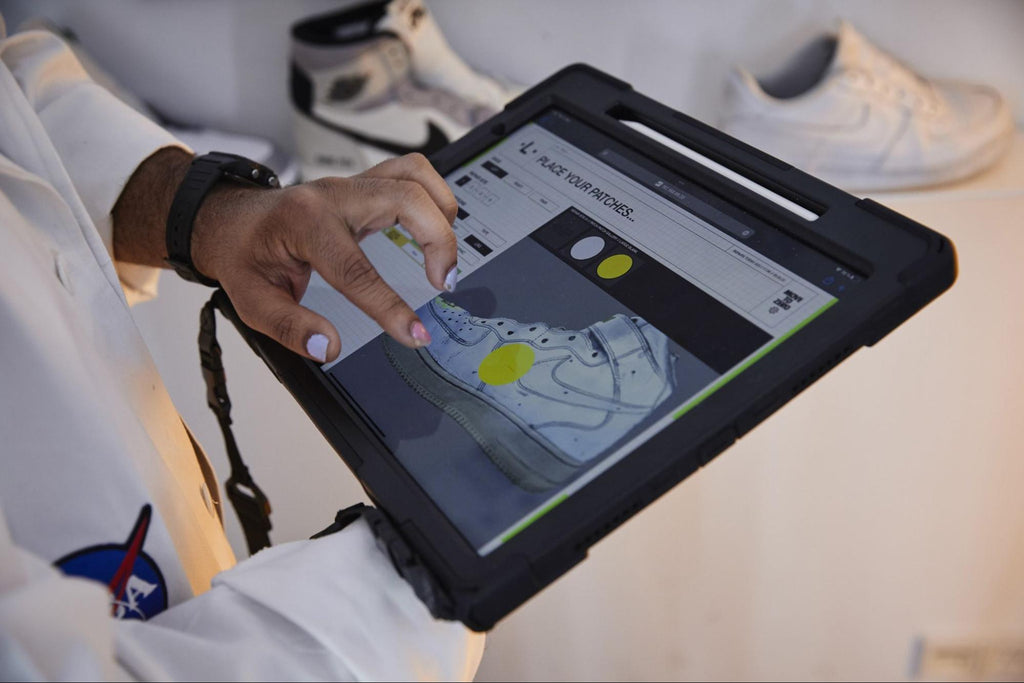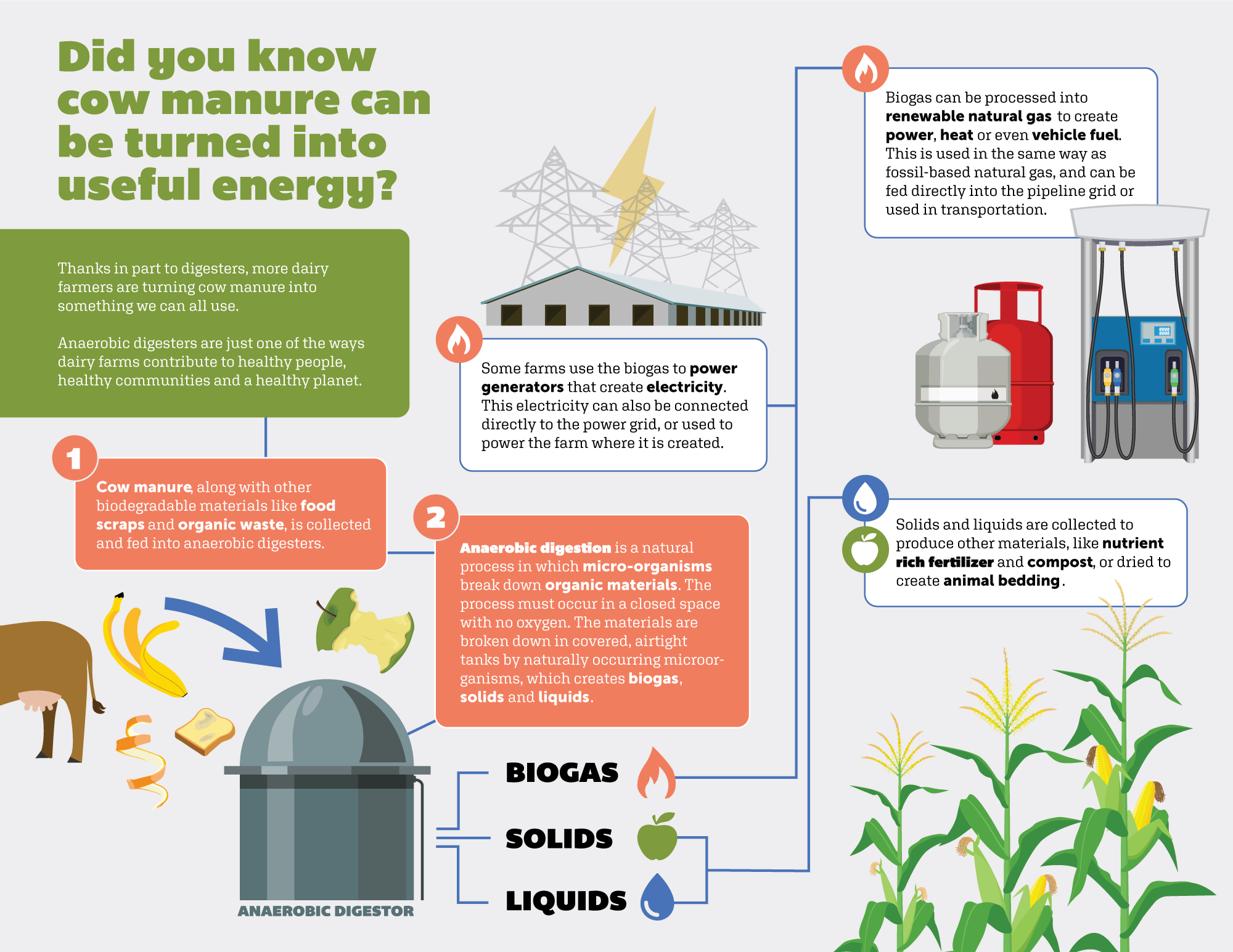Why Robots Struggle To Produce Nike Sneakers: A Detailed Look

Table of Contents
The Dexterity Challenge: Fine Motor Skills Beyond Robotic Capabilities
The intricate assembly process of a Nike sneaker demands a level of dexterity and precision that surpasses the capabilities of current robotic technology. Consider the steps involved: from meticulously attaching the swoosh logo to precisely lacing the shoes, the process requires a deft touch and adaptability that robots currently lack.
- Tying shoelaces: This seemingly simple task requires complex manipulation and coordination that even advanced robotic grippers struggle to replicate consistently.
- Attaching intricate stitching and logos: The precise placement and consistent tension of stitching, especially around curved surfaces, is extremely difficult for robots to master.
- Handling delicate materials like leather and mesh: The varying textures and flexibility of materials like premium leather and breathable mesh require adaptive gripping and manipulation strategies that are still under development.
- Ensuring consistent pressure and placement during glue application: The precise application of adhesive is critical for durability and aesthetics, demanding a level of control beyond the current capabilities of most robots.
Current robotic systems lack the fine motor skills and adaptability necessary to replicate these intricate movements reliably. Significant advancements in robotic dexterity, including more sophisticated sensor technology and AI-driven control systems, are needed to overcome this challenge.
Material Variability: A Robot's Nightmare
Nike sneakers are crafted from a diverse range of materials, each with unique properties: supple leather, lightweight mesh, robust synthetics, and more. This material variability creates significant hurdles for robotic automation. Robots struggle to consistently grip, manipulate, and assemble components made from such varied materials.
- Different material thicknesses and flexibilities require adaptive gripping mechanisms. A robot designed to grip sturdy synthetic material may crush delicate leather.
- Inconsistent material shapes and sizes necessitate flexible robotic arms. The variations in component shapes and sizes make consistent, reliable assembly extremely challenging.
- Sensor technology needed to identify and adapt to diverse material characteristics is still underdeveloped. Robots need sophisticated vision systems and tactile sensors to understand and adapt to the variability of materials.
The implications of material variability extend beyond technical challenges. Adapting robotic systems to accommodate this variety significantly increases the cost and complexity of automation, impacting the overall efficiency and economic viability of the process.
The Cost Factor: Automation vs. Human Labor
Implementing advanced robotic systems for sneaker production requires a substantial financial investment. While the long-term potential benefits are alluring, the upfront costs are considerable.
- High initial investment in robotic systems and specialized software. The cost of purchasing, installing, and programming advanced robotic arms, grippers, and vision systems is substantial.
- Ongoing maintenance and potential repair costs. Complex robotic systems require regular maintenance and are prone to breakdowns, incurring further costs.
- The cost of retraining and upskilling human workers for roles alongside robots. Integrating robots into existing workflows requires significant investment in training and adapting human roles.
Comparing the cost of developing, implementing, and maintaining robotic systems to the cost of employing human workers reveals that, for now, human labor remains a more economically viable option for many aspects of Nike sneaker production. The return on investment (ROI) for automating specific tasks needs careful analysis, as the cost of advanced robotic systems might outweigh their productivity gains in the short term.
Quality Control: Human Expertise Remains Crucial
Maintaining Nike's reputation for high-quality products necessitates rigorous quality control. While robotic vision systems can detect some defects, they struggle with subtle inconsistencies that a human inspector readily identifies.
- Identifying inconsistencies in material quality: Subtle variations in texture, color, or finish are easily spotted by human inspectors but often missed by robotic vision systems.
- Detecting minor stitching errors: Imperfect stitching or loose threads might be overlooked by a robot but immediately flagged by a human expert.
- Assessing overall shoe comfort and fit: The subjective assessment of comfort and fit requires human expertise and experience.
Human quality control plays an irreplaceable role in upholding Nike's standards. The ability to detect subtle defects and assess overall quality ensures the consistent production of high-quality sneakers, which is currently beyond the capabilities of automated systems.
Conclusion
Why robots struggle to produce Nike sneakers is a question with multifaceted answers. The dexterity required for intricate assembly, the variability of materials used, the substantial cost of implementation, and the critical role of human quality control all contribute to the continued reliance on human labor in sneaker manufacturing. While automation plays a valuable role in some aspects of the production process, fully automating Nike sneaker production remains currently impractical and economically unfeasible. Further research and development are needed to overcome these challenges, paving the way for a more automated future in the footwear industry, but for now, understanding why robots struggle to produce Nike sneakers provides valuable insight into the limitations of current robotic technology. Further research into advanced robotics and AI could change this, providing new solutions to address these challenges and revolutionize the way Nike, and other athletic brands, produce their footwear.

Featured Posts
-
 Hollywood Production Grinds To Halt As Actors Join Writers Strike
Apr 22, 2025
Hollywood Production Grinds To Halt As Actors Join Writers Strike
Apr 22, 2025 -
 The Karen Read Case A Chronological Overview Of The Trials
Apr 22, 2025
The Karen Read Case A Chronological Overview Of The Trials
Apr 22, 2025 -
 Swedens Tanks Finlands Troops A Pan Nordic Defense Force
Apr 22, 2025
Swedens Tanks Finlands Troops A Pan Nordic Defense Force
Apr 22, 2025 -
 The Bof A View Why Current Stock Market Valuations Arent A Worry
Apr 22, 2025
The Bof A View Why Current Stock Market Valuations Arent A Worry
Apr 22, 2025 -
 Turning Poop Into Podcast Gold An Ai Powered Approach To Repetitive Document Analysis
Apr 22, 2025
Turning Poop Into Podcast Gold An Ai Powered Approach To Repetitive Document Analysis
Apr 22, 2025
